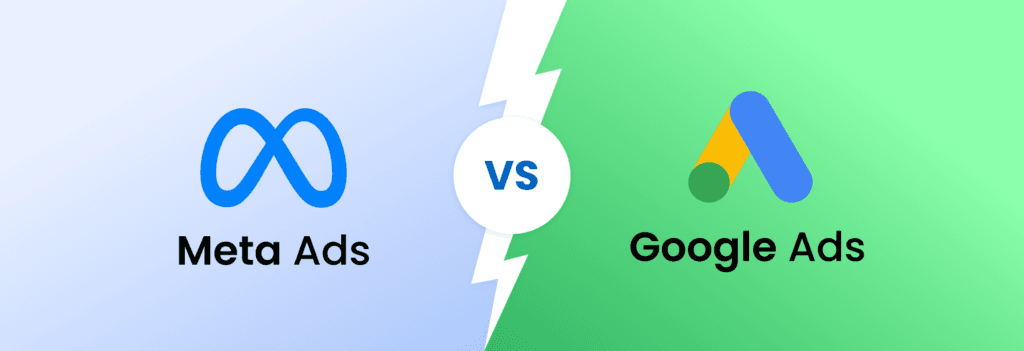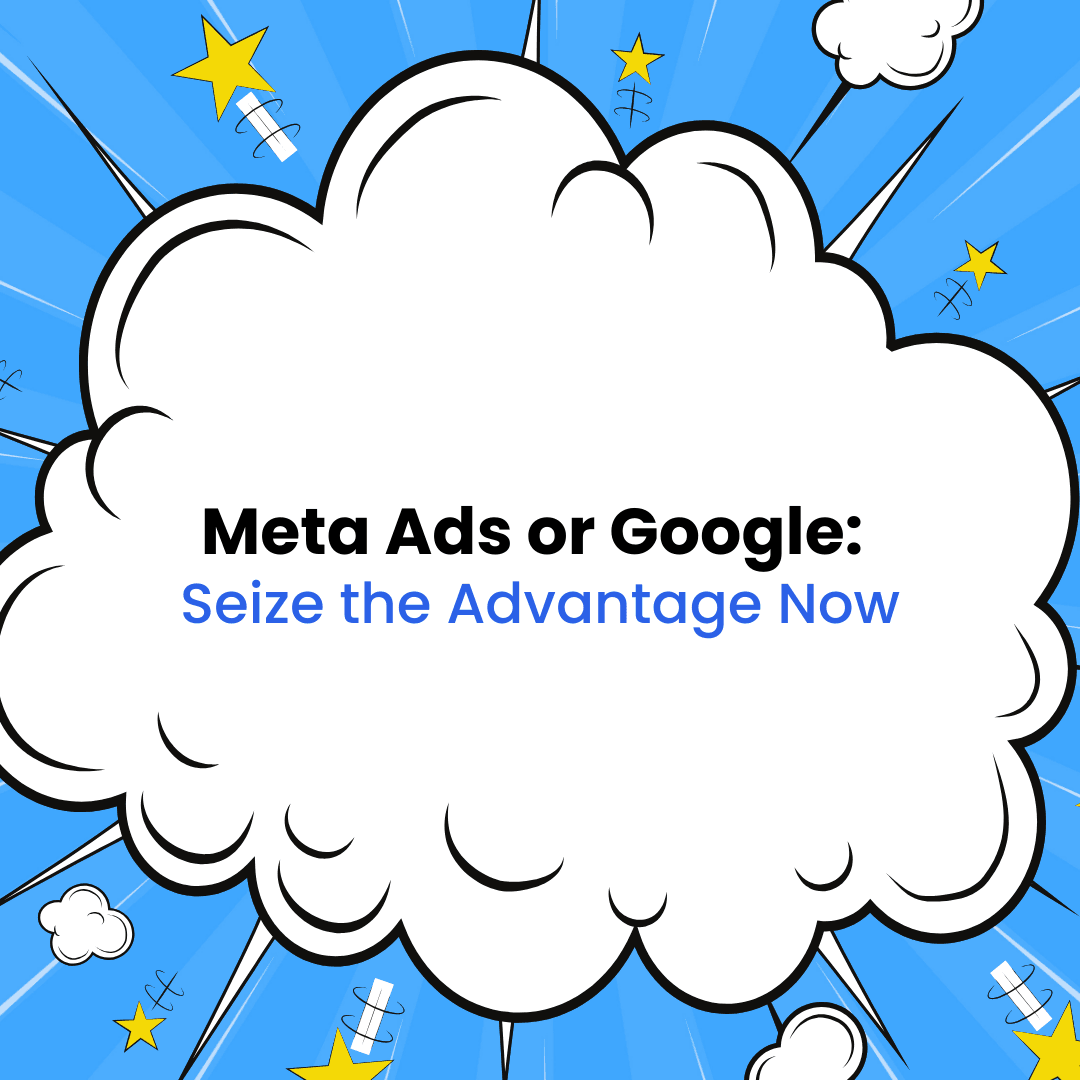When it comes to online advertising, two giants dominate the space: Google Ads and Meta Ads. Both platforms offer unique strengths, but choosing the right one for your business can feel overwhelming. However, with a clear understanding of their differences, you can decide where to invest for maximum impact. Let’s break it down step by step.

Why Google Ads Is a Powerful Choice
First, Google Ads is ideal for reaching people actively searching for solutions. Since Google handles over 8 billion searches daily, your ads appear to users already interested in what you offer. Moreover, with tools like keyword targeting, location preferences, and audience segmentation, you can fine-tune your campaigns for better results.
Additionally, Google Ads offers flexibility with different ad formats. For instance, search ads show up on the results page, while display ads appear across partner websites. This variety allows you to choose how and where to reach your target audience.
Why Meta Ads Are a Game-Changer
On the other hand, Meta Ads (formerly Facebook Ads) excel in building awareness and engagement. With over 3 billion users across Meta’s platforms, you can target customers based on their interests, behaviors, and demographics. This means you can reach people who might not yet be searching for your product but are highly likely to engage with your content.
Furthermore, Meta Ads thrive on visuals and storytelling. Since platforms like Facebook and Instagram are visually driven, your ads can spark emotions and create deeper connections. For example, video ads and carousel formats let you showcase your brand creatively.
Comparing Costs and Results
When deciding where to invest, you should consider costs. Generally, Meta Ads have a lower cost-per-click (CPC) than Google Ads. However, Google Ads may deliver higher intent leads because users are actively searching. Therefore, you must weigh your budget against the type of customer you want to attract.
It’s also crucial to track results. Both platforms provide detailed analytics, so you can monitor clicks, impressions, and conversions. By analyzing this data, you can adjust your strategies for better performance.
How to Choose the Right Platform
Choosing between Google Ads and Meta Ads depends on your goals. If you want immediate leads from people actively searching, Google Ads may be the way to go. However, if you aim to build brand awareness or engage with a broader audience, Meta Ads are an excellent option.
Ideally, you can combine both platforms for a more comprehensive approach. For example, you could use Google Ads to capture high-intent customers and Meta Ads to nurture long-term relationships.
Conclusion
In the end, both Google Ads and Meta Ads offer incredible potential. By understanding their unique strengths and aligning them with your goals, you can make smarter decisions for your business.
Ready to take your advertising game to the next level? Contact us now for expert guidance!

